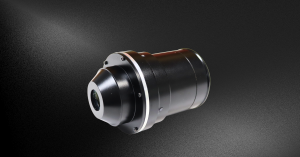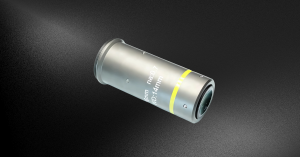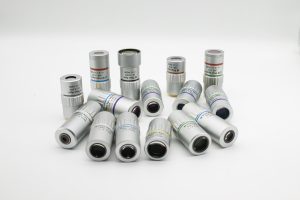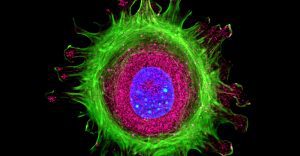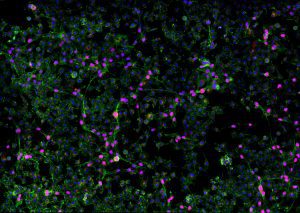Research-grade Stereo Microscope
From Macro to Cellular-level Observation with the AVT018
Discover the AVT018, a research-grade parallel light stereo microscope engineered for demanding applications in life science, assisted reproductive technology (ART), and precision industrial tasks.- Features an impressive 1:18 continuous zoom ratio and a high numerical aperture (NA) for excellent image resolution.
- Its advanced parallel optical system offers enhanced flexibility and applicability.
- Numerous structural improvements and an ergonomic design ensure an outstanding user experience.
- The AVT018 provides a compelling combination of high-end performance and exceptional value.
- A smart, cost-effective solution for professionals needing high-end imaging from macro to cellular level.
Parallel Optics Stereo Microscope Features
- Reliable Performance: Experience dependable, Nikon-standard core performance.
- Flexible Lens Configurations: Fully compatible with Nikon objective lenses and polarizing accessories for various observation methods.
- Streamlined, Stable Platform: Ensures imaging accuracy.
- Comfortable Remote Control: Features independent remote operations, such as up/down adjustment.
- Seamless Macro to Micro Observation: Designed for both precision and ease of use across different magnifications.
High-Performance 1:18 Zoom Imaging with Plan Apo Clarity
- The AVT018 achieves a 0.75–13.5X zoom range with Plan Apo clarity, delivering high image resolution and contrast across magnifications.
- While Nikon sets the standard in micro-detail imaging, the AVT delivers comparable quality for the vast majority of applications.
- The newly designed 1X Plan Apo large objective lens offers a high resolution of 1100LP/mm, bringing excellent resolution and chromatic aberration correction.
- Any subtle differences in edge handling at extreme magnifications are generally only noticeable with very fine, specialized samples that require professional-grade micro-imaging.
Stereo Microscope with Coaxial Illumination for Life Science and Industry
- Life Science, Biology & Medicine: Assisted reproductive technology (ART), IVF, life science imaging, dissection, live cell studies, microsurgery, pathology, examining biological specimens, drug research, toxicity studies, and studying tapeworms/nematodes.
- Industry: Electronics inspection including IC chips, materials science, precision engineering, quality control, forensics, gemology, art conservation, cleanliness detection, and contamination analysis.
- Education: Dissections and observing natural specimens.
Wide Zoom Objective: 0.75X to 13.5X
With a zoom objective ranging from 0.75X to 13.5X and a continuous zoom ratio of 1:18, this system enables smooth transitions between low and mid magnification—ideal for observing larger specimens with fine structural detail.

Specifications
| AVT018 | |
| Optical system | Parallel (zoom-type) Apochromatic Optical System |
| Zoom mode | Manual |
| Zoom ratio | 1:18 |
| Zoom range | 0.75-13.5X |
| Objective | PLAN APO 1X (NA 0.15, WD 60 mm) |
| Magnification | 0.75-13.5X |
| Eyepiece (FOV: mm) | ·10X(23) ·10X(22)·15X(16) ·20X(12) |
| Tube (eyepiece/camera port) | ·Trinocular tube inclination angle: 20°·Ergo tilting trinocular tube, adjustable from 0-30° |
| Focusing range | 60+99 mm |
| Adapter | DC12V 2A |
| Base | LED stereo illumination base(OIC built-in illuminator) |
| Observation method | Brightfield, fluorescent, oblique lighting, simple polarizing, Darkfield |
| Dimension | 63 x 51 x71 cm |
| Weight | 16 kg |
Accessories
- Eye pieces
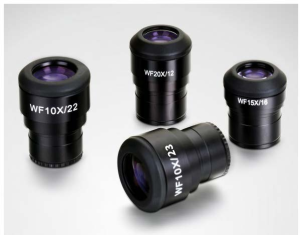
- Optical fiber illuminator
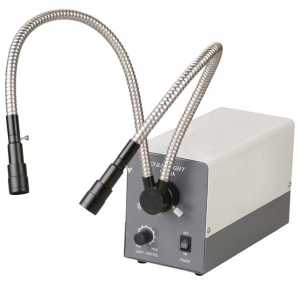
- Epi-fluorescence components
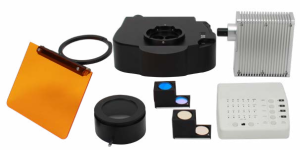
- Coaxial Illuminator parts
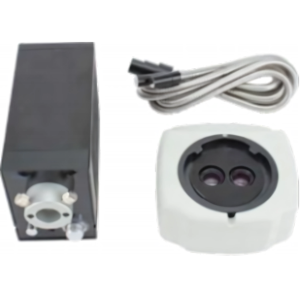
System Layout
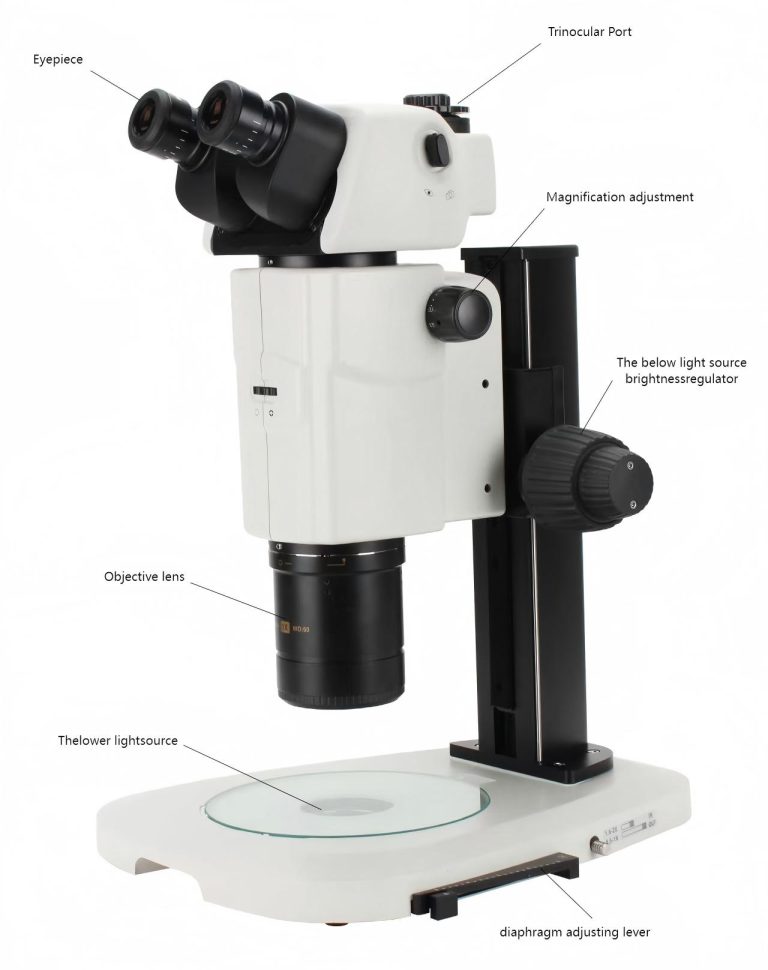
FAQ
- What is a Stereo Microscope?
A stereo microscope has two eyepieces for 3D viewing of larger, opaque specimens at low magnifications (typically 20x–50x). Unlike a compound microscope—which is used for viewing thin, transparent samples like cells—a stereo microscope is ideal for studying solid objects such as insects, plants, or electronic parts.
- How does AVT’s core performance compare to Nikon’s?
The AVT’s core performance parameters are consistent with Nikon’s basic standard configurations.
- What about lens and accessory compatibility?
The AVT018’s standard 1x lens is compatible with Nikon objective lenses for more magnification options. While AVT doesn’t include polarizing accessories, it’s compatible with Nikon’s.
- Are AVT018 and Nikon electric accessories interchangeable?
No, Avantier’s self-developed electric controls (e.g., up/down adjustment) are not compatible with Nikon due to differing interfaces. Avantier can develop an electric objective turntable if needed.
- How does AVT018’s image sharpness compare to Nikon’s?
Nikon generally offers superior sharpness for extreme, highly detailed views. However, for 80-90% of users and typical applications, the difference is unnoticeable and only apparent with highly specialized samples.
- How Do I Choose the Best Stereo Microscope?
Look for features like magnification range, lighting source type (LED, halogen), and portability based on your specific use.
- What are the main applications of the AVT 018?
The AVT excels at cellular-level observation, perfect for a continuous macro-to-micro study. It’s ideal for life science research (drug/toxicity studies using model organisms like mice, nematodes, fruit flies, zebrafish) and specific observations like cleanliness detection, assisted reproduction, and parasite study.
- What Can You See with a Stereo Microscope?
Stereo microscopes are great for viewing solid, 3D objects like coins, fossils, insects, fabrics, and circuit boards. Their strong depth of field allows you to see surface details clearly, making them useful in biology labs, electronics repair, and classrooms.
Related Content
We can help you
Share this article to gain insights from your connections!


